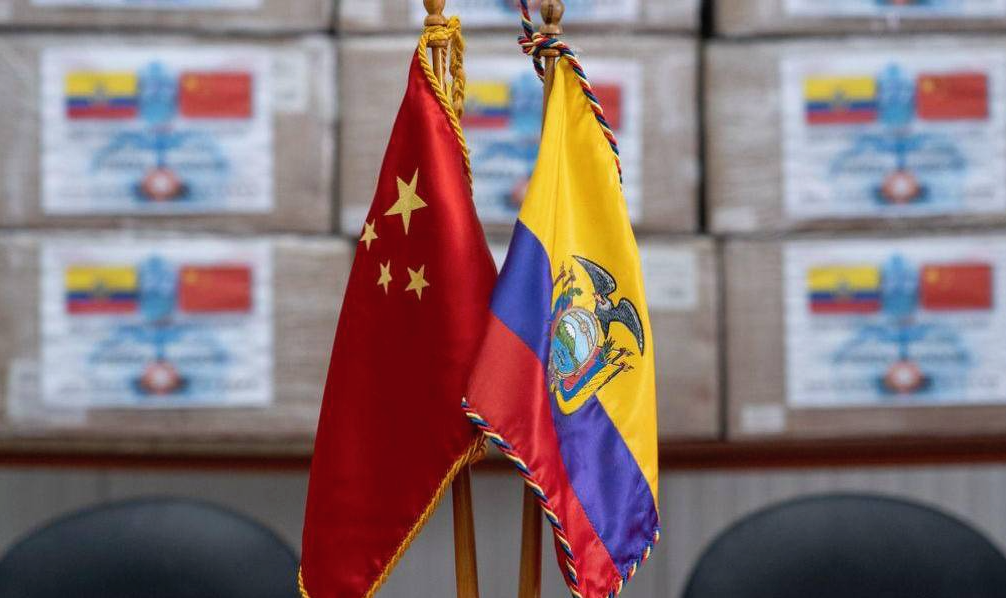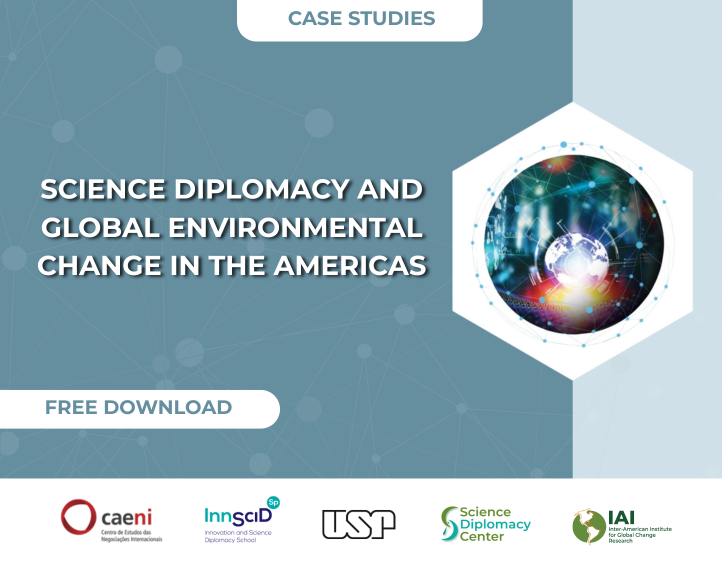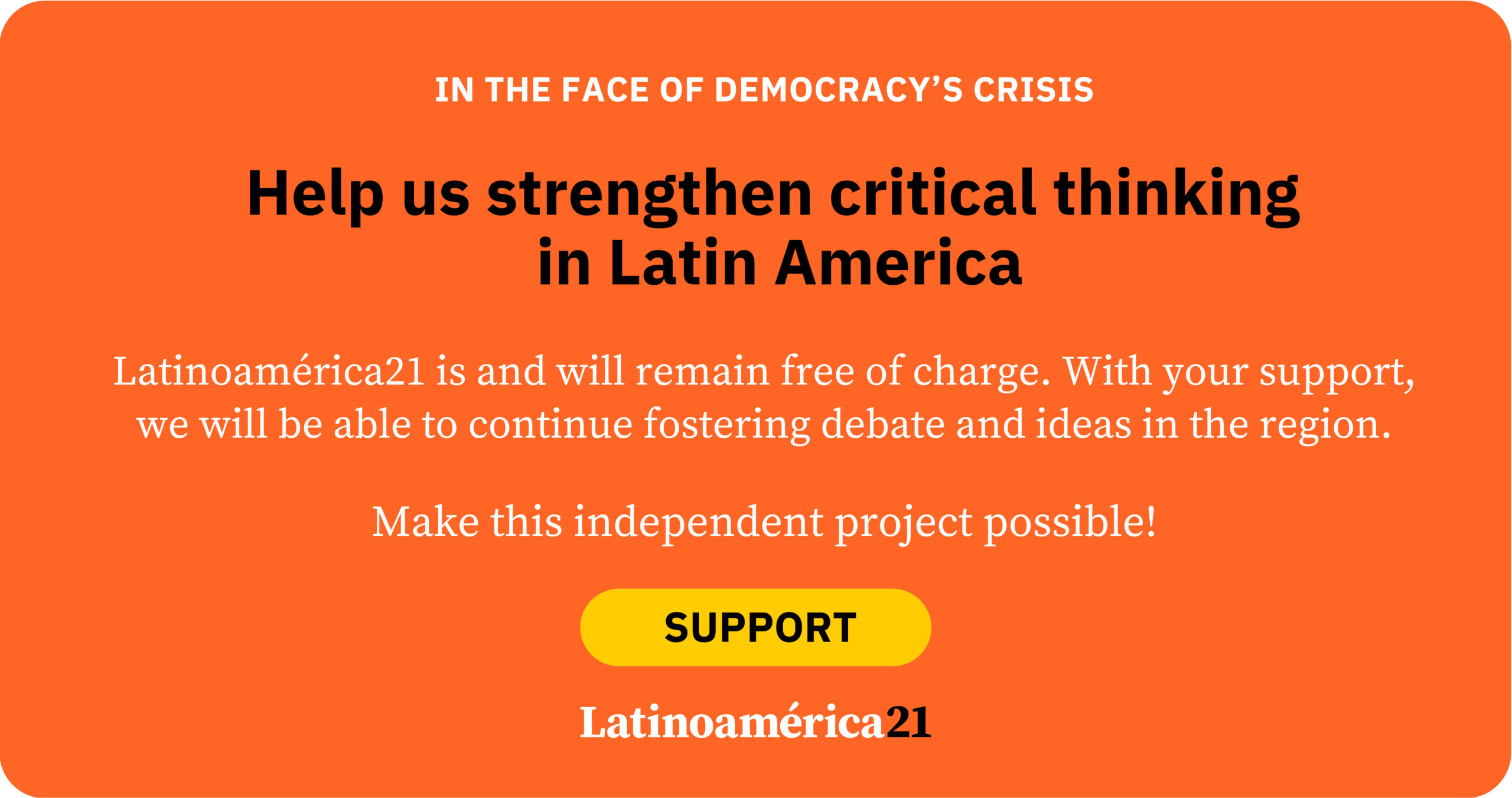Just over two decades ago, trade between Ecuador and China was far from what it is today. According to Ecuador’s Central Bank, exports to China in 2002 barely reached $24 million, while imports totaled $290 million. Today, those numbers are starkly different, with China playing a key role in Ecuador’s economy as its largest non-oil trading partner and main bilateral source of external financing.
Initially, China didn’t prioritize Ecuador, focusing on larger economies like Brazil, Argentina, and Mexico. Interestingly, none of China’s Free Trade Agreements (FTAs) in the region have been with these target countries, but with mid-sized and smaller economies like Peru, Chile, Ecuador, Costa Rica, and Nicaragua.
For China, FTAs are tools that complement the multilateral trade system, aligning with its goals of “opening up to the outside and speeding up domestic reforms.” Through trade—not security or politics—China has found fertile ground to expand relations with U.S.-influenced countries like Ecuador.
Ecuadorian consensus and China’s deep pluralism
Ecuador-China relations have steadily grown alongside China’s rise as a global economic power since 2010. This solid partnership, despite changes in Ecuadorian government policies, rests on two pillars: Ecuador’s recognition of the “One China” principle and the strengthening of trade relations.
This continuity reflects the “geopolitical spirit of the times” and results from a pragmatic national consensus that Ecuador cannot do without China as a key trading partner. China’s harmonizing concept of “deep pluralism” is based on establishing and developing relations with countries of different social systems, moving beyond antagonistic logic.
The concept of “deep pluralism” has empirical roots in the doctrine of “peaceful coexistence,” which has been a core principle in Chinese diplomacy for 70 years. This contrasts with the U.S.’s universalist foreign policy, which tends toward confrontational binarism and depends heavily on the political orientation of the counterpart’s government.
This difference has been clear in Ecuador. After Rafael Correa’s presidency, Ecuador realigned with the U.S. and limited cooperation with China to trade, distancing itself from financial and political dealings.
The regulatory foundations of the FTA
To pave the way for the current Free Trade Agreement (FTA), three key events occurred: China’s entry into the World Trade Organization (WTO) in 2001, Ecuador’s new economic diversification policy in 2007, and China’s 2008 strategy to engage with Latin America. These developments formed the regulatory basis for deepening transactional ties between the two nations.
The 2008 global financial crisis, which hit the U.S. and Europe hardest, gave China and Latin America room to strengthen relations. China’s first white paper on Latin America coincided with a “leftward shift” in several South American countries that sought to diversify relations with non-traditional, anti-hegemonic partners like China.
For Ecuador, the National Development Plan 2007–2020 aimed to expand economic ties with Pacific Rim partners like China, Japan, and India. This led to not just a surge in trade—albeit asymmetrical—but also an effort to build a relationship that would support a post-American order.
For Rafael Correa’s government, China provided financing for its “Buen Vivir” development model. This political, commercial, and financial convergence helped China elevate its relationship with Ecuador to a “Strategic Partnership” in 2015, resulting in a peak in Ecuadorian exports to China, according to Ecuador’s Central Bank.
Although much of this partnership was built around shared goals like defending the interests of developing countries and building a multipolar world, it also laid the groundwork for exploring “economic and trade complementarity.”
Despite Ecuador’s limited geopolitical weight, it played a pivotal role in strengthening China’s ties with the region through its involvement in the Community of Latin American and Caribbean States (CELAC), chairing the organization, and promoting the China-CELAC Forum. Xi Jinping’s visit and the elevation of the partnership reflected Ecuador’s diplomatic contributions.
Trade relations with China as a state policy
Though Lenin Moreno’s presidency marked a political shift from Rafael Correa’s administration, it didn’t stop Ecuador from relying on Chinese credit or changed the course of trade relations. In 2018, Ecuador joined China’s massive Belt and Road Initiative, even as it realigned with Washington.
Later, the signing of the FTA with China on May 10, 2023, under President Guillermo Lasso, and its ratification by Daniel Noboa on February 7, 2024, confirmed a pragmatic consensus among political and economic elites, as well as among mid-level agricultural producers and importers, on the irreversible commercial relationship with China.
Outlook
The FTA with China was ratified with 76 out of 137 votes. While there’s optimism about the potential gains, especially in non-oil exports, which could increase by $3 billion to $4 billion in the coming years, questions remain about whether the agreement will reinforce Ecuador’s primary-export economic model.
From an objective perspective, FTAs should be seen as commercial tools that regulate norms, open to improvement and renegotiation, rather than as ends in themselves or replacements for policies the state must establish. In today’s era of knowledge economies and artificial intelligence, there are still concerns in some sectors about transforming Ecuador’s productive matrix, though this is no longer a central focus of the current government.
In the 2016 Comprehensive Strategic Partnership Agreement, China expressed its willingness to “promote cooperation in technology transfer to help Ecuador accelerate its industrialization process and enhance its independent development capacity.” The FTA includes objectives like fostering technological transfer in areas of mutual interest. However, it’s up to the Ecuadorian government to implement public policies that ensure favorable outcomes for the country and smartly and equitably leverage both the FTA and the relationship with China forged over 44 years.
*This text was originally published on the REDCAEM website.













